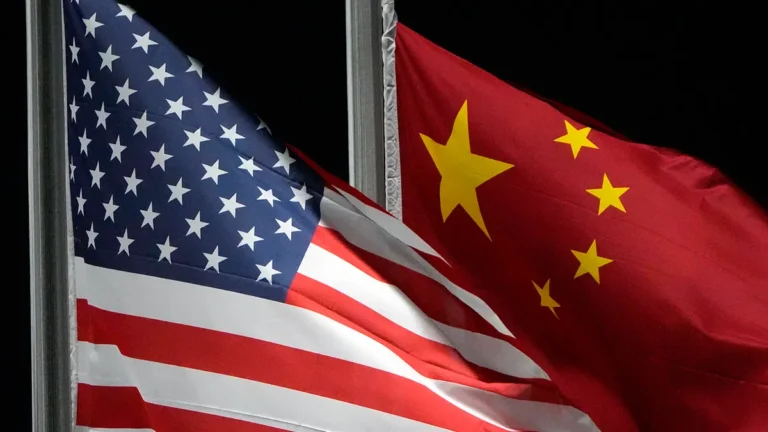
Is the World Ditching the Dollar? There are growing rumors of a new global currency order, and the balance of power may change in 2025. Will someone challenge the greenback and overthrow it?
The euro’s share of global foreign exchange reserves rose to 20.1% in the first quarter of 2025. While the U.S. dollar’s share of global currency reserves reported to the International Monetary Fund nudged lower to 57.7% in the first quarter of 2025 .While the share of euro-denominated reserves gained, International Monetary Fund data showed. The Swiss franc’s appeal as a safe haven caused it to rise sharply, hitting a 24-year high of 0.8%.

Dollar on the Out? A New Central Bank Strategy
Gold, other currencies, and potentially Central Bank Digital Currencies (CBDCs) are replacing more conventional assets like the American unit in the portfolios of Asian and African central banks.
This diversification is being driven by multiple factors: concerns over the long-term stability of the U.S. currency, a desire to reduce overreliance on a single monetary system, and the pursuit of better returns.
In response, several monetary authorities are trimming their holdings of the greenback. Diversifying into gold, regional currencies, and digital assets helps minimize the risks of overexposure.
Dollar ‘s out: Regions In
Cross-border trade using regional units is gaining momentum. One key force behind this trend is de-dollarization.
Geopolitical tensions and U.S.-led sanctions have pushed nations like China and Russia to seek alternatives. Their aim is to insulate their economies from trade restrictions and strengthen policy sovereignty.
- Diversification of reserves: The US currency is being replaced by other currencies or assets, like gold, in many countries’ foreign exchange reserves.
- Desire for economic autonomy: Countries seek to increase their financial independence and gain greater control over their monetary policies by reducing their reliance on a single dominant currency.
In addition, countries are pursuing economic autonomy. They want greater control over their financial systems by reducing reliance on a single global benchmark.
From Dollar to Digital
Accelerated experiments with digital currencies are reshaping the global monetary order. Central Bank Digital Currencies (CBDCs) sovereign-backed digital money, sit at the heart of this evolution.
Moreover, de-dollarization encourages greater use of local currencies in global trade.
For example, India now uses the rupee to pay for Russian oil.
China’s e-CNY, part of a broader strategy, aims to elevate the renminbi’s international role. As of June 2025, China’s digital yuan pilot recorded cumulative transactions worth RMB 7 trillion. That amounts to nearly 988 billion in U.S. terms.
De-Dollarization: Economic impacts and Geopolitical Realities
A currency shift, whether an appreciation (strengthening) or depreciation (weakening) of a currency, has significant effects on a country’s economy. These effects can be seen in international trade, inflation, foreign investment, and overall economic growth.
De-dollarization could engender a multitude of effects on the international monetary system, encompassing potential alterations in exchange rate volatility, trade patterns, and presenting challenges for established financial institutions.
The intricate geopolitical landscape further complicates the de-dollarization narrative. Developing economies navigate this trend within a dynamic environment characterized by evolving competition and partnerships.
Examining initiatives such as BRICS Plus holds significance. As their actions pertaining to de-dollarization and the global economy possess the potential for considerable consequences.
Even though the U.S. currency remains the foundation of global finance, 2025 has revealed that its long-standing dominance is starting to wane. With the euro regaining strength, the Swiss franc hitting record highs.
While emerging markets exploring digital and regional alternatives, the global monetary future is beginning to look more diversified and less dependent on the dollar. The shift is gradual but evident, and it signals a rebalancing that could reshape global economic dominance in the years to come.
For more such informative articles stay tuned at The World Times.



